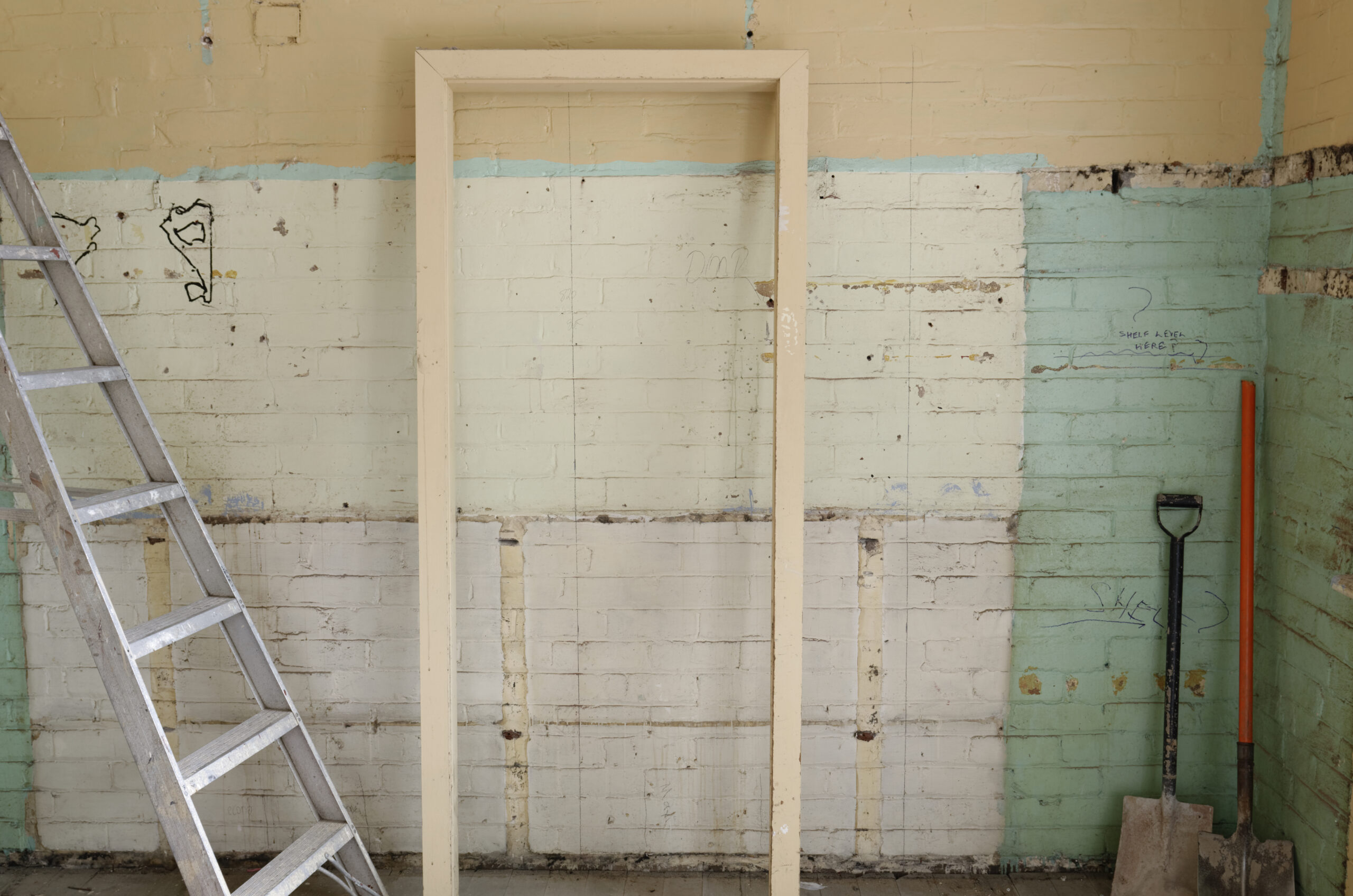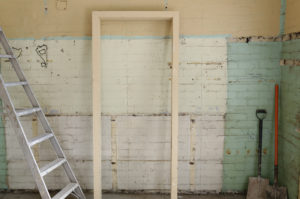Written By: Corina Eufinger
Last week I attended a networking event for real estate investors in Northern Illinois and in the breakout session an investor was musing about her 1 bedroom being vacant over the holiday season unless she gets someone in there in the next month. Someone, intending well no doubt, said “I saw a video on Youtube where an investor rented out their vacant apartment on Airbnb for the holiday season and made a thousand dollars in one week.” Danger Will Robinson, Danger. I saw the stressed investor’s face light up at the suggestion of it so I immediately chimed in hoping to bring her back to reality and out of her Scrooge McDuck coin pool fantasy she was already imagining. I know it’s tempting when you are looking at having a vacancy through the holiday season to offer it up as a hotel like stay. But there are many things to consider. It’s not as easy as you might first think. It has its fair share of headaches and complications.
- Airbnb is still in a grey area and some places it’s illegal.
It’s been well documented that Airbnb’s in some locations are a legal grey area. You aren’t a registered hospitality venue and (a point I will reiterate next) you are not a landlord. In those geographic locations you are riding the rails between legal and illegal which makes knowing what is legally expected of you and what your rights are difficult. Some municipalities have passed ordinances banning Airbnb’s all together. So it is important to find out your municipality’s ordinances. Hosts that obfuscated the law (whether they knew it existed or not) have been dragged to court and ended up paying triple or quadruple in fines than what they earned in one week of Airbnb.
- As an Airbnb you are not a landlord!
One thing is for sure in Wisconsin is that for the particular unit you use as Airbnb, you are no longer a landlord. Which means all the laws, regulations and codes you know (or hopefully know) like the back of your hand don’t apply. In reality, you don’t know jack because your breadth of knowledge isn’t applicable.
- Your existing tenants may hate you
[If you are considering renting your single family rental as an Airbnb replace tenants with “neighbors”.] Consider your existing tenant’s feelings when thinking about doing an Airbnb. How will your fixed tenants be affected (I mean really affected) by Airbnb guests? Holidays are stressful for everyone, including your renters. Introducing an unknown like an Airbnb guests may make their holiday season even more stressful. That stress doesn’t tend be quickly forgotten January 1. It may stick in their throats and sway the decision of renewal.
- Most Airbnb’s come furnished
This is perhaps the biggest item to overcome logistically. Most every Airbnb is furnished completely. Most of don’t have a storage unit with a full spare of house furniture waiting to be used. Beds, dressers, kitchen table and chairs, couches, tvs, etc. So that would certainly be a start-up cost. Don’t think you could go to goodwill and pick up any old items and creating an eclectic look. Airbnb’s rent on aesthetics like any other hotel guest so having a painted white dresser, maple tone nightstand and yellow lamp will work for selling your Airbnb.
- Hotel guests tend not to care about utility usage…..in a worse way
Ever gotten to a hotel after a long road trip and just wanted to take a nice long shower? I mean….l…o…n…g. That’s exactly what some Airbnber’s like to do. They also like to unwind watching cable or streaming so you will have to do provide one or the other. They also tend to use lights more. If they are anything like me in a hotel, I always leave at least one on when even when I leave. Then there those who simply don’t care because they aren’t paying for it. Long hot shower every day! All these activities may create a higher utility bill than you are used to so be sure to budget accordingly.
- Increased traffic on the property
Think about the last time you stayed at a hotel? Chances are you came and went from the hotel without really thinking about it, and usually more than you come in and out of your own home. Also consider your Airbnb guests may be more likely to entertain others (perhaps the locals they are visiting) since their lodgings have more of a homey feeling and they can cook in their lodgings. Lastly, if you are a successful Airbnb host, you will likely having a revolving door of new guests every 4-7 days.
While this is last on my list, it should be one of the first things you think about. How does your choice to Airbnb affect your insurance? Are you going to inform your insurance? If you don’t inform you insurance and something happens, what if the insurance cancels your policy because of unsanctioned activity? Can you get an insurance supplement that would cover you in case of an Airbnb catastrophe?
That might seem like a long list of negatives, but it’s merely a list of complications. During the U.S. Open at Erin Hills, property owners were raking in large cash for renting out their homes and rentals to golf patrons for a week or so. Rates were anywhere between $1,000 and $4,000 for a week of moderate lodging. Which is a decent chunk of change, especially if you get great guests.
If you are considering doing this for the holiday period, definetly be sure there is a market for it. It’s best achieved in a slightly populated area or destination area (like Baraboo, Sheboygan, etc). You can get an idea of how much you should charge by calling around to area hotels (think more Holiday Inn, Hampton Inn than Motel 6) and see what they are charging. Use that as a jumping block for your rates. While a hotel may offer a pool, breakfast, etc you are offering a home setting with the ability to cook their own meals. So you aren’t necessarily offering less amenities.
Final thought, if you do choose to convert a vacant to an Airbnb for the holiday season consider if the market is there for an extended stay year round? Would local companies like having a place for their visiting contractors, executives and others to stay that isn’t a hotel environment? The best way to find this out is to start calling local large companies.
If you are wondering where I stand on the issue I don’t see myself becoming an Airbnb host. I’m much more likely to create a duplex with extended stay than a permanent Airbnb mostly because I am familiar with renting out extended stays.
As originally posted on the Wisconsin Apartment Association’s blog.




 Recently a client of mine asked for clarification of what our company policy was regarding lease renewals. They were curious if we permitted (or even required) tenants to default to month to month after the original term was up. Since we had no clear cut policy across the board yet for renewals I posed this question to my war council (a.k.a. my staff) and I was surprised at the differing opinions that existed on the subject. Not only individual staff members but by property type. It’s a very passionate topic!
Recently a client of mine asked for clarification of what our company policy was regarding lease renewals. They were curious if we permitted (or even required) tenants to default to month to month after the original term was up. Since we had no clear cut policy across the board yet for renewals I posed this question to my war council (a.k.a. my staff) and I was surprised at the differing opinions that existed on the subject. Not only individual staff members but by property type. It’s a very passionate topic!







 One of the first Facebook live events I did was a compilation of the best books I’ve read for real estate investors and entrepreneurs. At LED earlier in the month I was asked to do a series of blog posts on the books I’ve read and talked about either on FB Lives or in blogs. I decided to break the series down over a couple of months because I don’t want it to detract from writing other timely blogs or more pertinent topics. What better way to dive into this topic of educational reading than to start with books written on specifically on real estate? These books are in no particular order and is by no means an exhaustive list of the awesome books I have read.
One of the first Facebook live events I did was a compilation of the best books I’ve read for real estate investors and entrepreneurs. At LED earlier in the month I was asked to do a series of blog posts on the books I’ve read and talked about either on FB Lives or in blogs. I decided to break the series down over a couple of months because I don’t want it to detract from writing other timely blogs or more pertinent topics. What better way to dive into this topic of educational reading than to start with books written on specifically on real estate? These books are in no particular order and is by no means an exhaustive list of the awesome books I have read. 

